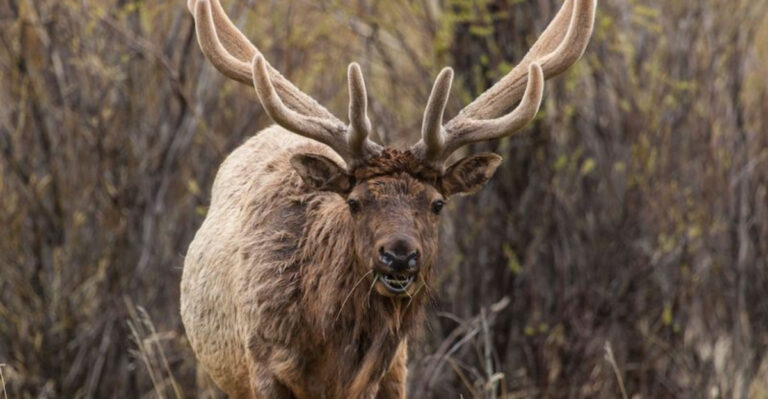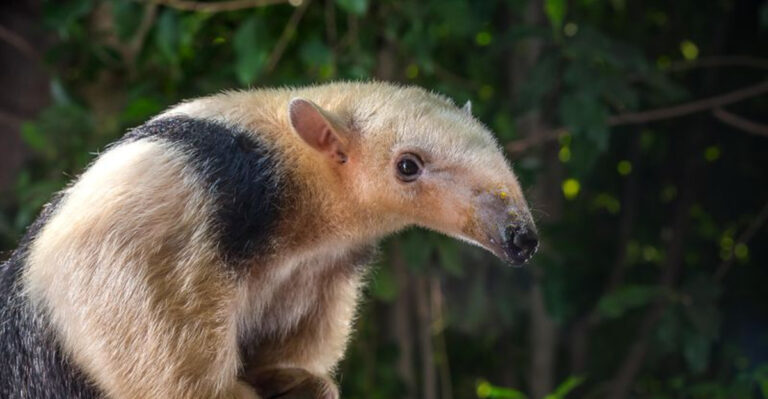Meet The American Farm Animals (And The Work They Do)
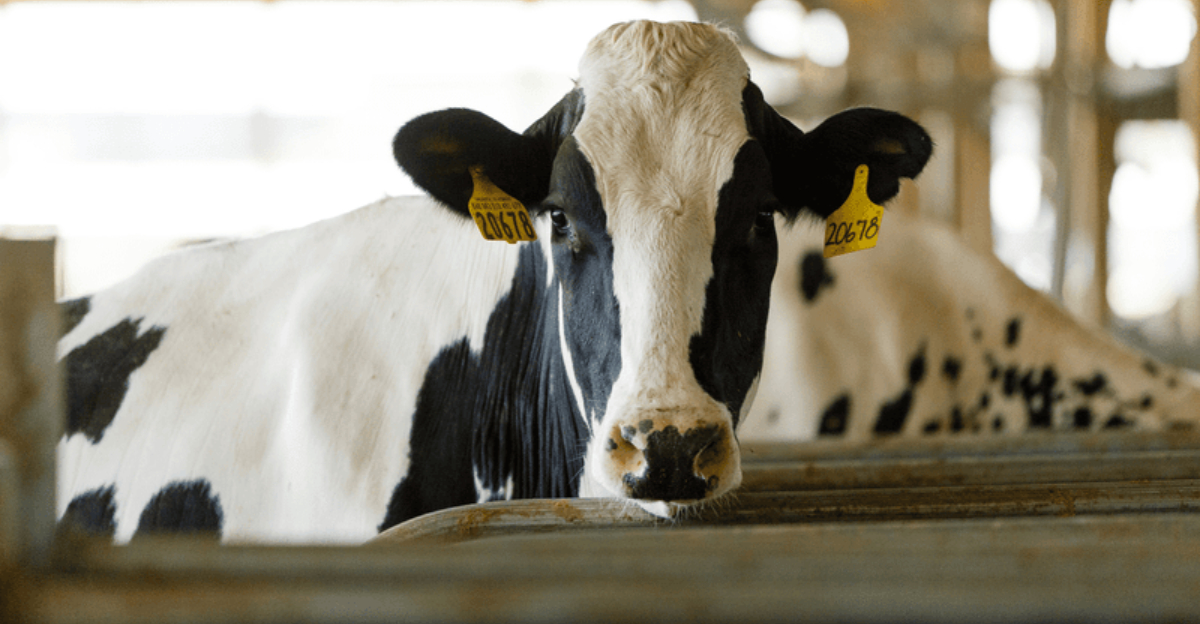
From dawn till dusk, American farms buzz with activity, and not just from the farmers themselves. Farm animals play crucial roles in our agricultural system, each contributing unique skills and products.
These hardworking creatures have shaped farming traditions for centuries, forming partnerships with humans that benefit both parties.
1. Nature’s Lawnmowers: Sheep
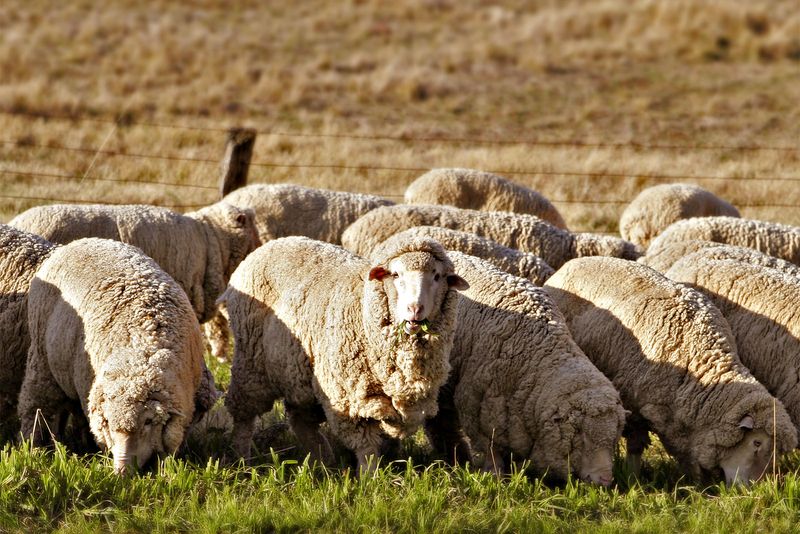
Who needs a gas-guzzling mower when sheep can do the job better? These woolly wonders efficiently trim grass while fertilizing the land at the same time.
Twice yearly, farmers harvest their valuable wool – a renewable resource used in clothing, insulation, and countless other products. One sheep can produce 8-10 pounds of wool annually!
2. The Sunrise Alarm Clock: Roosters
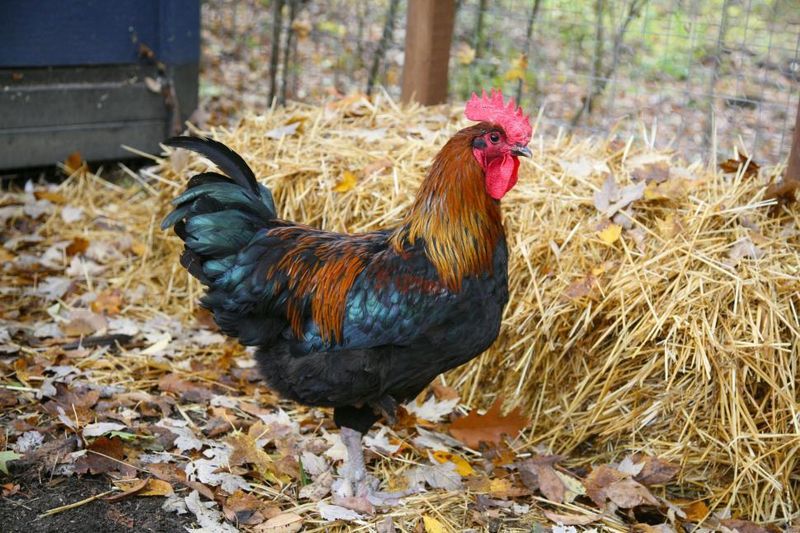
Ever wonder who ran farms before alarm clocks existed? Roosters have served as nature’s timekeepers for centuries, crowing at first light to start the day.
Beyond their morning wake-up calls, these colorful birds protect their flocks by alerting hens to danger and fending off smaller predators. Male chickens earn their keep without producing eggs!
3. Four-Legged Farmhands: Draft Horses

Gentle giants with hooves the size of dinner plates, draft horses can pull loads weighing over a ton. Before tractors, these powerful animals plowed fields, hauled harvests, and powered farm equipment.
Many Amish communities still rely on these magnificent creatures for daily work. Their patient temperament and incredible strength make them irreplaceable partners in traditional farming.
4. Milk Manufacturing Experts: Dairy Cows
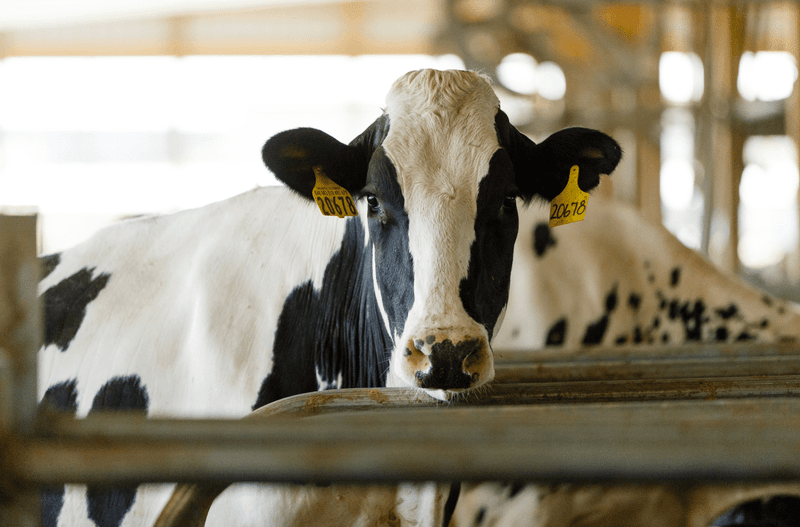
Talk about productive! A single dairy cow can produce over 7 gallons of milk daily – that’s more than 2,500 gallons yearly.
These gentle bovines convert grass into nutritious milk through a complex four-stomach digestive system. Modern dairy farms often use automated milking systems, but many farmers still maintain the twice-daily milking schedule that’s been tradition for generations.
5. Garden Guardians: Guinea Fowl
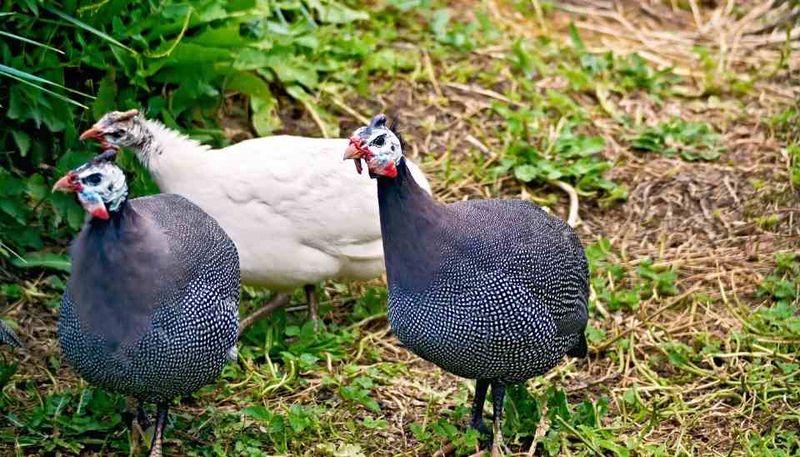
Looking like polka-dotted footballs with legs, guinea fowl patrol farms eating ticks, insects, and even small snakes without damaging plants or produce.
Their distinctive alarm call alerts farmers to predators or strangers approaching. One guinea fowl can consume thousands of disease-carrying ticks annually, making them valuable for both pest control and protecting livestock from tick-borne diseases.
6. Fertilizer Factories: Rabbits
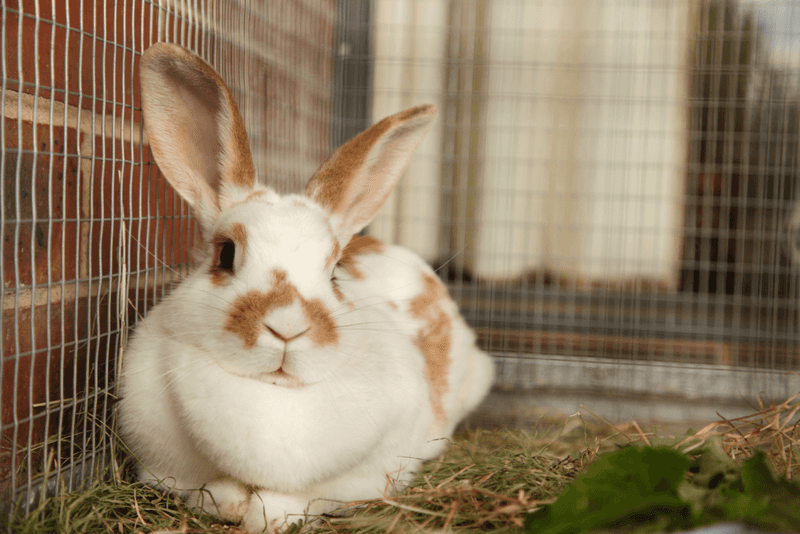
Pound for pound, rabbit manure might be farming’s perfect fertilizer – rich in nutrients yet gentle enough to apply directly to plants without burning them.
These fuzzy fertilizer factories reproduce quickly, providing sustainable meat while creating garden gold. Their compact size makes them ideal for small farms, requiring minimal space while converting kitchen scraps and hay into valuable resources.
7. Orchard Cleaners: Pigs

With snouts designed for digging and appetites for nearly anything, pigs excel at cleaning up fallen fruit in orchards – preventing pest problems while fattening themselves up.
Their rooting behavior naturally tills soil, preparing ground for future planting. Heritage breed pigs like Gloucestershire Old Spots were traditionally known as “orchard pigs” because they thrived in apple orchards, turning windfall fruit into bacon.
8. Security Squad: Guard Donkeys
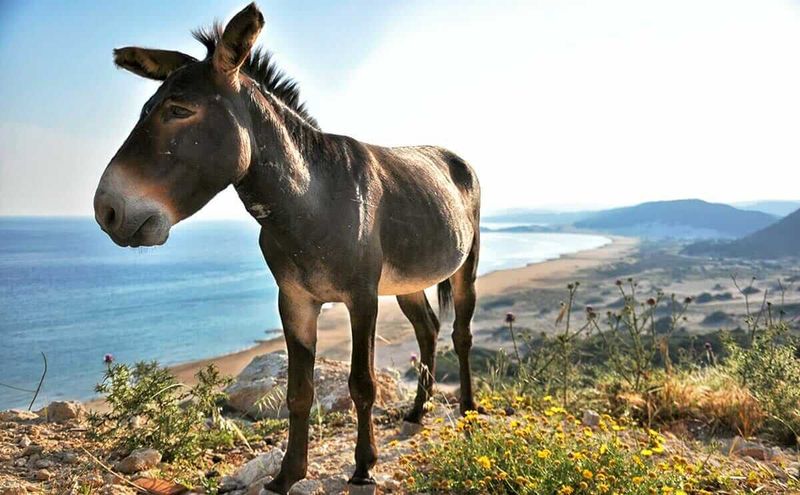
Beneath their stubborn reputation lies a secret talent – donkeys make exceptional guardians for sheep and goats. Their natural dislike of canines drives them to chase away coyotes, foxes, and even stray dogs.
Unlike guard dogs, donkeys integrate directly with the herd, requiring no special training. A single guard donkey can protect livestock worth thousands of dollars while asking for nothing more than good hay and occasional scratches.
9. Feathered Pest Patrol: Ducks
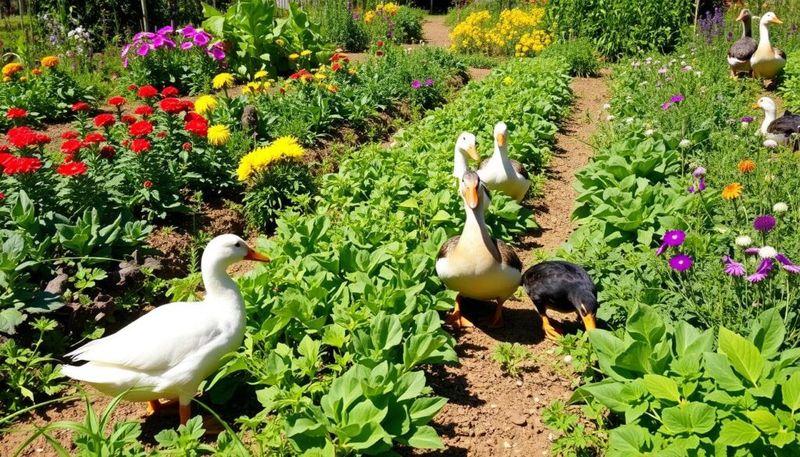
Sliding through garden rows like feathered vacuum cleaners, ducks gobble slugs and snails that would otherwise devastate crops. Unlike chickens, they don’t scratch up plants or seedlings.
Runner ducks stand upright like bowling pins and can consume over 150 slugs daily! Many organic farmers integrate these waddling workers into vegetable production, creating pest management systems that eliminate the need for chemicals.
10. Honey Production Specialists: Bees
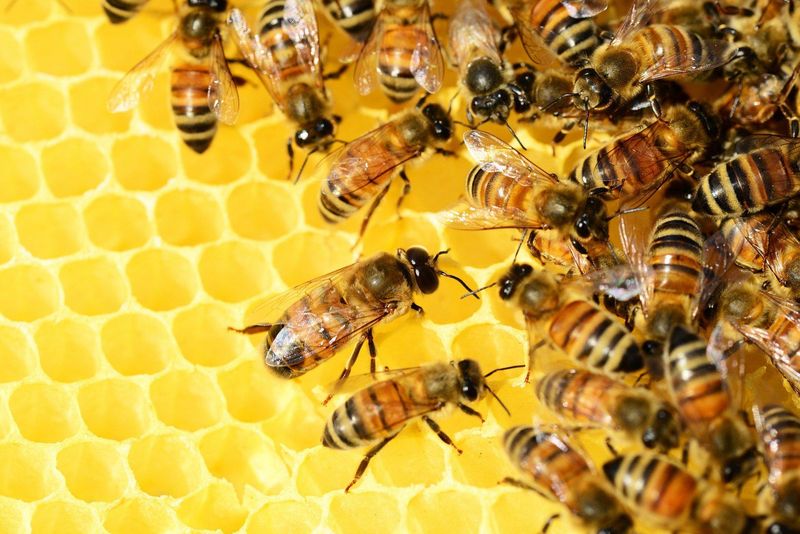
Tiny but mighty, honeybees contribute over $15 billion annually to U.S. crop production through pollination services alone – not counting their liquid gold.
A single hive contains up to 60,000 bees that can pollinate 50-100 million flowers daily. Modern farmers often rent bee colonies to boost yields, creating a buzzing partnership that helps both the beekeeper and farmer while supporting our food system.
11. Weed Management Crew: Goats
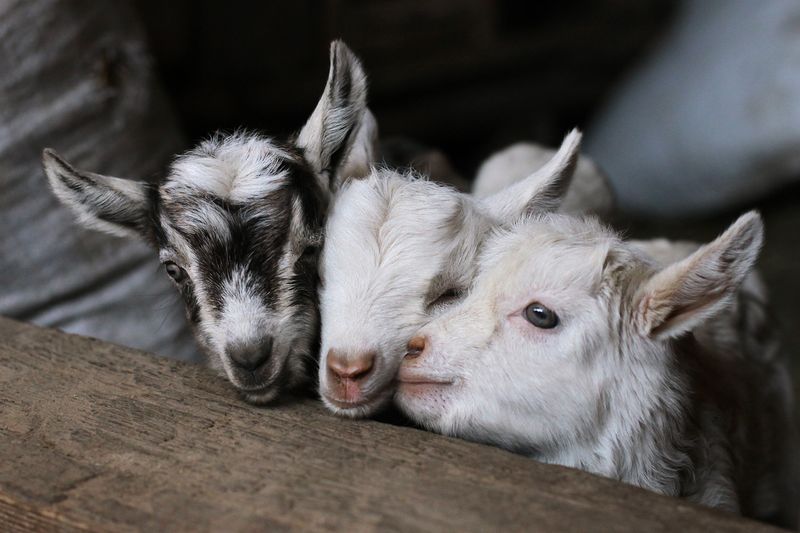
Armed with rectangular pupils that provide nearly 360-degree vision, goats tackle the toughest vegetation other animals avoid. They happily munch poison ivy, blackberry brambles, and invasive species.
Many farms now rent out their goat herds for natural land clearing projects. These four-legged weed whackers can access steep terrain impossible for machinery, clearing underbrush while adding fertility to the soil through their droppings.
12. Midnight Mousers: Barn Cats
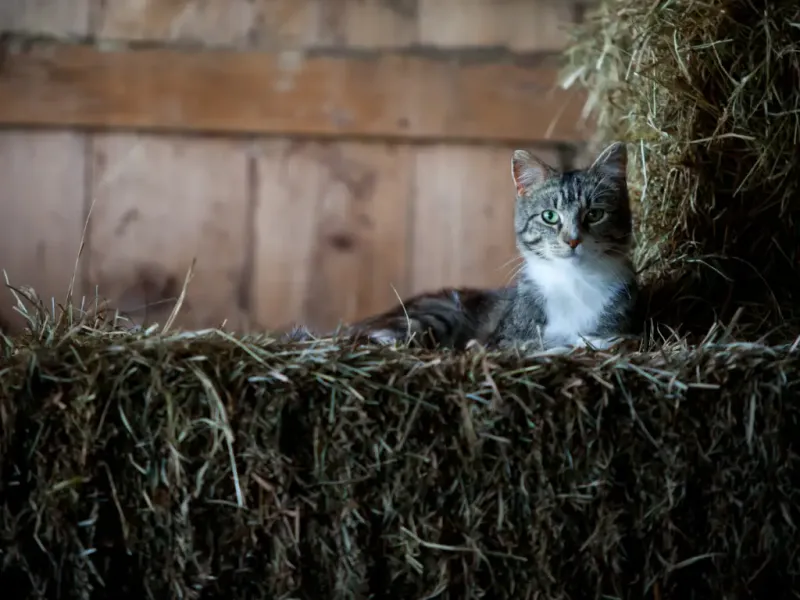
Working the night shift when farmers sleep, barn cats silently hunt rodents that would otherwise damage grain stores and spread disease.
A single dedicated mouser can catch hundreds of mice yearly. These independent contractors ask for little payment beyond shelter and occasional supplemental food, making them one of farming’s most cost-effective pest control methods.
13. Pasture Perfectors: Beef Cattle
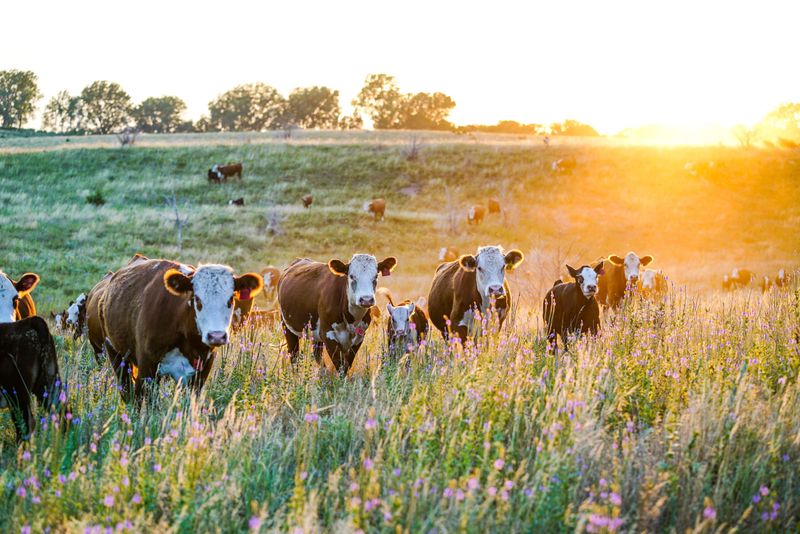
Converting plants humans can’t digest into high-quality protein, beef cattle transform marginal land unsuitable for crops into productive agricultural space.
Their grazing patterns, when properly managed, can actually improve soil health and carbon sequestration. Rotational grazing systems mimic natural herd movements, allowing cattle to fertilize pastures while preventing overgrazing – creating a sustainable cycle that benefits both the land and farmer.



